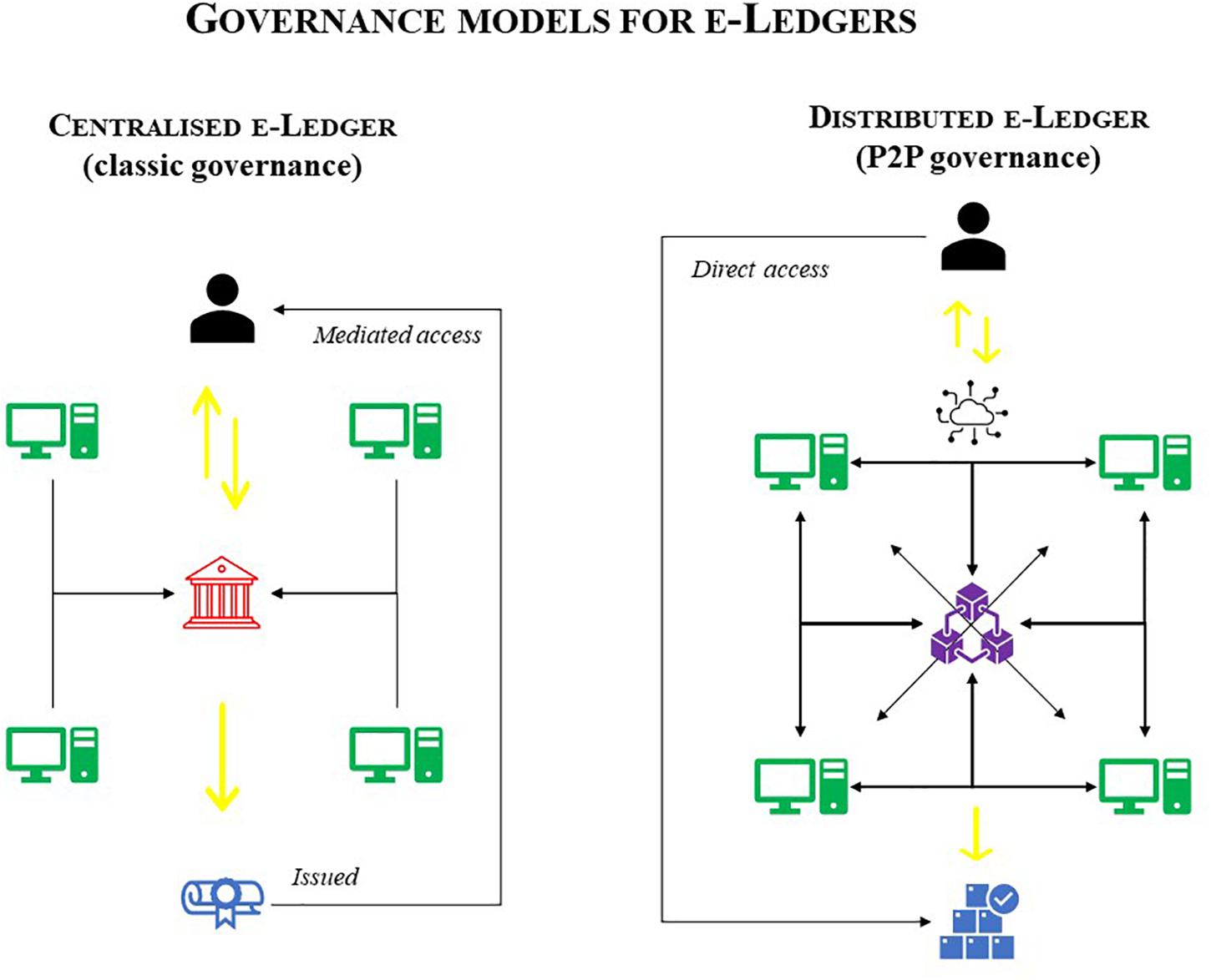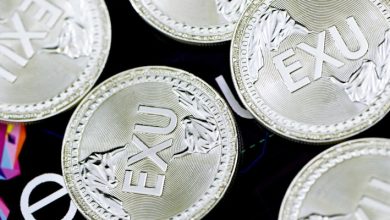Blockchain Governance: Internal Regulation vs. External Laws

- Understanding the role of internal regulation in blockchain governance
- The impact of external laws on the blockchain industry
- Challenges of balancing internal regulation and external laws in blockchain governance
- Exploring the benefits of self-regulation in the blockchain space
- The role of decentralized governance in shaping the future of blockchain technology
- Case studies: successful examples of internal regulation and compliance in blockchain projects
Understanding the role of internal regulation in blockchain governance
Understanding the role of internal regulation in blockchain governance is crucial for ensuring the stability and security of decentralized systems. Internal regulation refers to the rules and protocols that are established within a blockchain network to govern its operations and interactions. These rules are enforced through mechanisms such as consensus algorithms, smart contracts, and governance protocols.
Internal regulation plays a key role in maintaining the integrity of the blockchain network by ensuring that all participants adhere to the agreed-upon rules and protocols. By establishing clear guidelines for how transactions are validated, how conflicts are resolved, and how upgrades are implemented, internal regulation helps to prevent fraud, manipulation, and other malicious activities.
One of the main advantages of internal regulation is that it allows blockchain networks to operate autonomously, without the need for external oversight or intervention. This self-regulating nature is one of the defining characteristics of blockchain technology, as it enables trustless transactions and decentralized decision-making.
However, internal regulation is not without its challenges. One of the main concerns is the potential for governance disputes and conflicts to arise within the network. Without a centralized authority to resolve these issues, blockchain communities must rely on consensus mechanisms and governance processes to reach agreement and maintain cohesion.
In conclusion, internal regulation plays a vital role in blockchain governance by providing the framework for how decentralized systems operate and interact. By establishing clear rules and protocols, blockchain networks can ensure trust, security, and stability for all participants. While challenges may arise, the benefits of internal regulation far outweigh the risks, making it an essential component of effective blockchain governance.
The impact of external laws on the blockchain industry
External laws play a significant role in shaping the landscape of the blockchain industry. Regulations imposed by governments and regulatory bodies can have a profound impact on how blockchain projects operate and evolve. It is essential for blockchain companies to navigate these external laws effectively to ensure compliance and mitigate legal risks.
One of the key challenges faced by the blockchain industry is the lack of uniformity in regulations across different jurisdictions. This lack of consistency can create uncertainty for blockchain companies operating in multiple countries. Companies must carefully monitor and adapt to the evolving regulatory environment to avoid potential legal pitfalls.
External laws can also influence the adoption of blockchain technology in various sectors. Industries such as finance, healthcare, and supply chain management are subject to specific regulations that may impact the implementation of blockchain solutions. Companies must work closely with legal experts to ensure that their projects comply with relevant laws and regulations.
Moreover, external laws can affect the governance structure of blockchain networks. Regulations related to data privacy, security, and consumer protection can influence how blockchain platforms are designed and operated. Companies must strike a balance between regulatory compliance and maintaining the decentralized nature of blockchain technology.
In conclusion, the impact of external laws on the blockchain industry cannot be overstated. Companies must stay informed about regulatory developments and proactively address legal challenges to foster innovation and growth in the blockchain ecosystem.
Challenges of balancing internal regulation and external laws in blockchain governance
One of the key challenges in blockchain governance is the delicate balance between internal regulations set by the blockchain network itself and external laws imposed by regulatory bodies. This balance is crucial to ensure compliance with legal requirements while maintaining the decentralized and autonomous nature of blockchain technology.
Internal regulation within a blockchain network is typically enforced through consensus mechanisms and smart contracts. These rules govern how transactions are validated, how new blocks are added to the chain, and how conflicts are resolved. However, these internal regulations may not always align with external laws and regulations, leading to potential conflicts.
On the other hand, external laws are designed to protect investors, prevent fraud, and ensure the stability of financial markets. While these laws are necessary to provide a legal framework for blockchain projects, they can also stifle innovation and hinder the flexibility of blockchain networks.
Finding the right balance between internal regulation and external laws is essential for the long-term success of blockchain governance. Blockchain projects must navigate this complex regulatory landscape carefully to avoid legal pitfalls while fostering innovation and growth within the industry.
Exploring the benefits of self-regulation in the blockchain space
Exploring the advantages of self-regulation in the blockchain space can provide valuable insights into the potential benefits of internal governance mechanisms. By allowing blockchain networks to establish their own rules and protocols, self-regulation can promote transparency, accountability, and efficiency within the ecosystem. This approach empowers network participants to collectively make decisions that align with their interests and values, without relying on external authorities or regulations.
One of the key benefits of self-regulation in the blockchain space is the ability to adapt quickly to changing market conditions and technological advancements. By allowing for flexible governance structures, blockchain networks can innovate and evolve at a rapid pace, ensuring that they remain competitive and relevant in a dynamic environment. This agility and responsiveness are essential for the long-term success and sustainability of blockchain projects.
Furthermore, self-regulation can help mitigate the risks associated with external regulations and legal uncertainties. By establishing clear rules and processes for decision-making, blockchain networks can reduce the potential for conflicts and disputes among participants. This can enhance trust and cooperation within the ecosystem, fostering a more collaborative and harmonious community.
The role of decentralized governance in shaping the future of blockchain technology
Decentralized governance plays a crucial role in shaping the future of blockchain technology. By distributing decision-making power across a network of participants rather than concentrating it in a central authority, decentralized governance ensures transparency, security, and resilience in blockchain systems.
One of the key advantages of decentralized governance is its ability to prevent single points of failure. In traditional centralized systems, a single entity or group of entities holds the power to make decisions, leaving the system vulnerable to manipulation or corruption. In contrast, decentralized governance distributes decision-making authority among a diverse group of stakeholders, reducing the risk of malicious actors gaining control over the network.
Furthermore, decentralized governance promotes inclusivity and diversity in decision-making processes. By allowing a wide range of participants to have a say in how the blockchain network is governed, decentralized governance ensures that the needs and perspectives of different stakeholders are taken into account. This not only leads to more robust and equitable decision-making but also fosters innovation and creativity within the blockchain ecosystem.
Overall, decentralized governance is essential for the long-term success and sustainability of blockchain technology. By empowering a diverse network of participants to collectively govern the system, decentralized governance helps to ensure the integrity, security, and efficiency of blockchain networks, paving the way for a more decentralized and democratized future of technology.
Case studies: successful examples of internal regulation and compliance in blockchain projects
Several blockchain projects have successfully implemented internal regulation and compliance mechanisms to ensure governance within their ecosystems. These case studies serve as examples of how blockchain projects can effectively self-regulate to maintain trust and transparency.
- Ethereum: One of the most well-known blockchain projects, Ethereum has a robust internal governance structure that includes core developers, miners, and community members. Through regular updates and discussions, Ethereum has been able to address issues such as the DAO hack in 2016, demonstrating its ability to self-regulate effectively.
- Tezos: Tezos is another blockchain project that has implemented internal regulation mechanisms through its on-chain governance protocol. By allowing token holders to vote on proposed protocol upgrades, Tezos ensures that decisions are made collectively by the community, promoting transparency and decentralization.
- Cardano: Cardano is known for its scientific approach to blockchain governance, with a focus on peer-reviewed research and formal methods. By prioritizing security and scalability, Cardano has established itself as a project that values internal regulation and compliance to achieve long-term sustainability.
These case studies highlight the importance of internal regulation in blockchain projects, showcasing how self-regulation can lead to more efficient decision-making processes and increased trust among stakeholders. By implementing effective governance mechanisms, blockchain projects can navigate regulatory challenges while staying true to the decentralized ethos of the technology.





